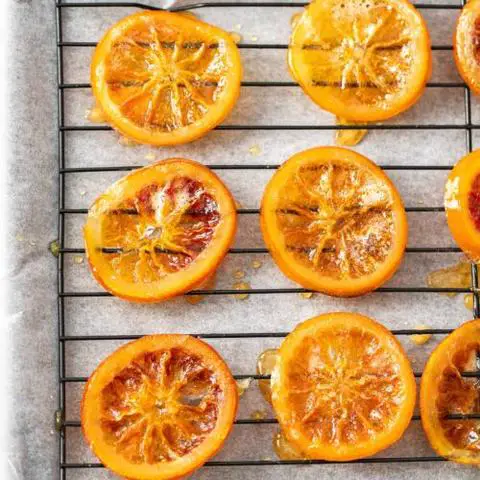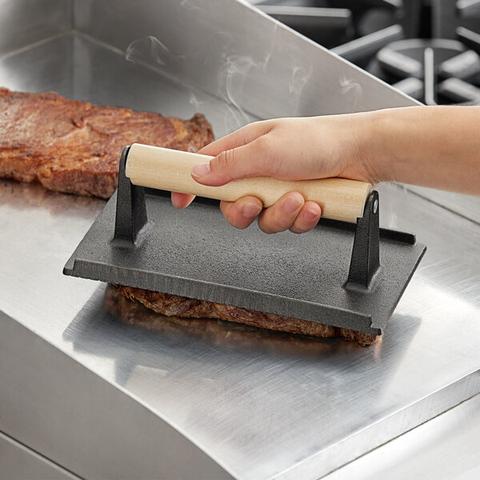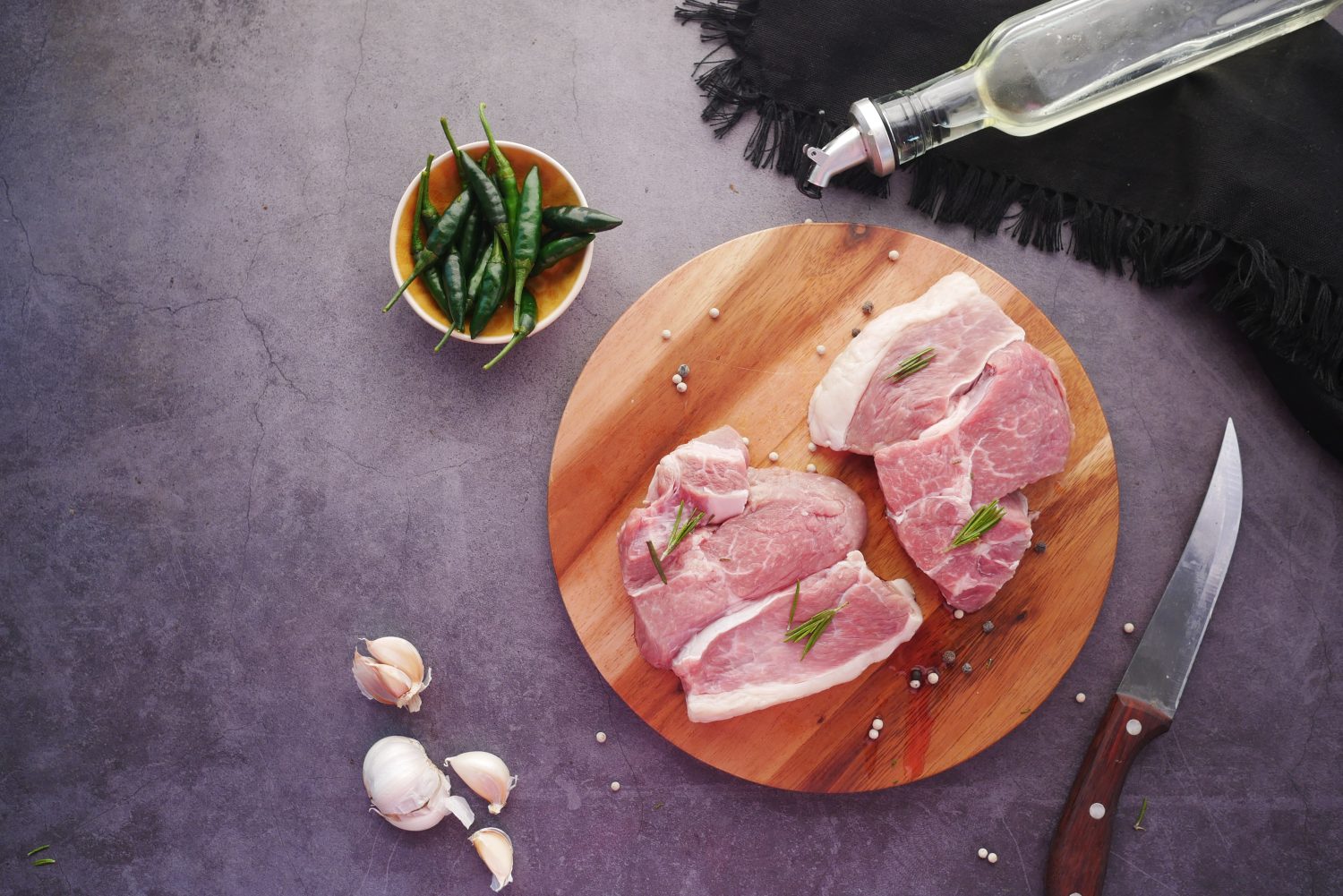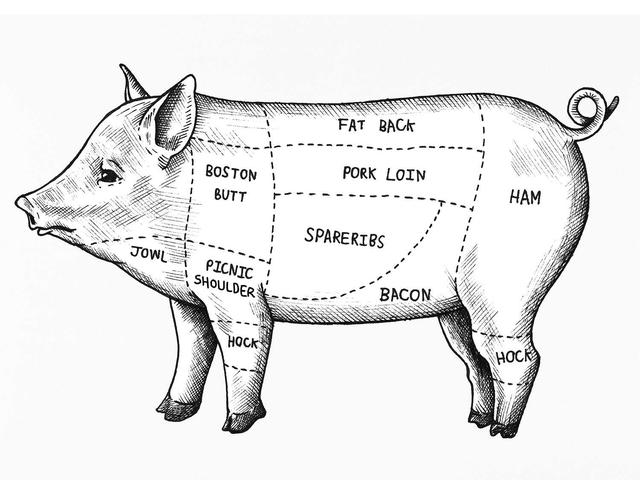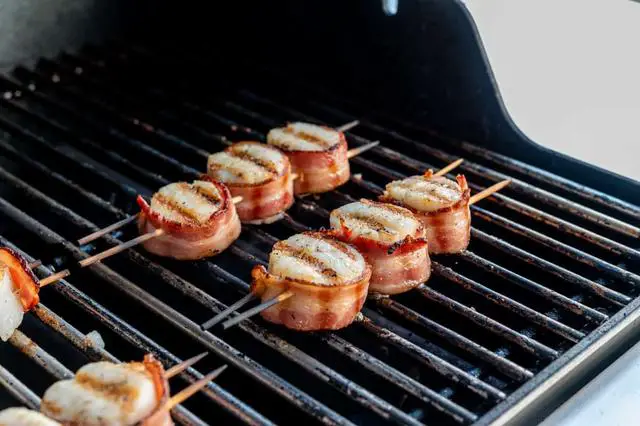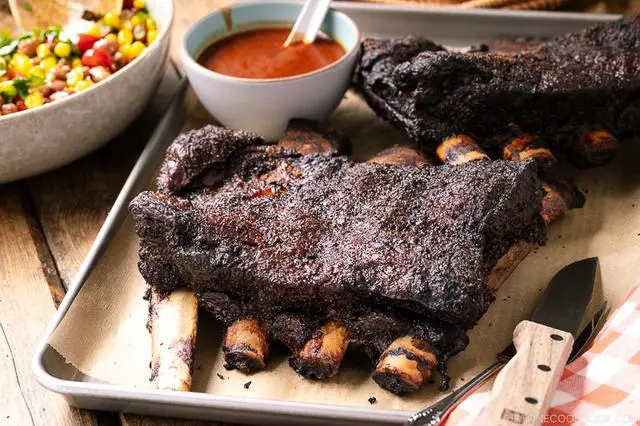
“Discover the irresistible smoky flavor of perfectly cooked beef ribs with our state-of-the-art pellet grill. Elevate your grilling experience and indulge in tender, juicy ribs infused with mouthwatering smokiness. Master the art of outdoor cooking like a pro and impress your friends and family with these mouthwatering pellet grill beef ribs.”
Smoked Beef Back Ribs on a Pellet Grill: How-to Guide and Recipe

Beef ribs are often overlooked in favor of pork ribs, but they are just as delicious and easier to prepare. The steer has 13 ribs on each side, with the first five in the beef chuck, the next seven in the beef rib and extending into the short plate, and the last one in the loin. There are two main variations of beef ribs – short ribs and back ribs. Short ribs come from the short plate and the chuck, while back ribs are sourced from the dorsal area of the steer after removing the ribeye muscle or rib roast.
To prepare beef back ribs for smoking, start by removing them from their packaging and pat-drying them with a paper towel. If there is a fat cap, it’s recommended to remove it along with the silver skin below it. The membrane on back ribs should also be removed as it affects mouth-feel and can result in a chewy texture. After preparing the ribs, you can apply a dry rub of your choice. For this recipe, equal parts kosher salt and black pepper or Highland Foods Maple Pepper were suggested.
Next, set your pellet grill to 225°F and place the beef back ribs in the center of the grate. Allow them to smoke for about 2 ½ hours until there is visible pull-back from the bone and a satisfactory color develops. At this point, you can wrap the ribs in butcher paper to increase humidity and create a moist environment. This helps prevent drying out of the meat during cooking. Continue smoking until probe tender, which usually takes about an hour longer.
Once done smoking, allow the beef back ribs to rest inside the butcher paper for 30 minutes to allow meat juices to reabsorb. After resting, slice and serve on the bone. Enjoy the savory and delicious flavors of smoked beef back ribs on a pellet grill!
What to Look for in Beef Ribs

When selecting beef ribs, there are a few things to keep in mind. First, consider the type of beef ribs you prefer – short ribs or back ribs. Short ribs come from the lower portion of the rib cage and are cut just below the ribeye as 3 or 4-bone slabs. Back ribs are sourced from the dorsal area of the steer and feature a small amount of intercostal meat between the ribs.
Next, pay attention to the quality of the meat. Look for well-marbled beef ribs with visible fat throughout. This marbling will enhance flavor and tenderness when cooked. Additionally, choose beef ribs that are vacuum sealed for freshness.
Lastly, consider your cooking method and preferences. If you plan to smoke your beef ribs on a pellet grill, it’s recommended to remove the membrane on back ribs for a better eating experience. You can also choose a dry rub or marinade that complements the savory flavors of beef.
What are Beef Short Ribs
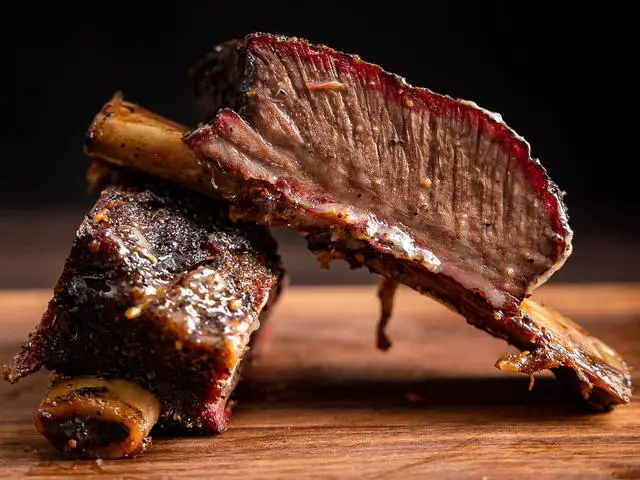
Beef short ribs are a type of beef rib that is sourced from either the short plate or the chuck area of the steer. The short plate ribs are located between the brisket and flank steak, while the chuck short ribs are found just above the brisket. Short plate ribs are also known as “loaded” beef ribs, as they come from the lower portion of the rib cage. These ribs are typically sold as 3 or 4-bone slabs.
To prepare beef short ribs, start by removing them from their packaging and patting them dry with paper towels. If there is a fat cap on the ribs, it is recommended to remove it along with the silver skin below it. The silver skin is a thin membrane that is inedible and does not render when cooked. Removing this membrane improves the eating experience by preventing a chewy mouthfeel.
When smoking beef short ribs, it is important to choose a suitable dry rub or seasoning. A basic rub that works well with beef is equal parts kosher salt and black pepper. After applying the rub, allow the meat to dry brine in the refrigerator overnight.
Set your pellet grill to 225 F and place the meat in the center of the grates. Smoke for about 2 1/2 hours until there is visible pull-back from the bone and a desirable color on the surface of the meat.
At this point, you can choose to wrap the ribs in butcher paper for additional moisture retention and tenderness enhancement. However, wrapping is optional and not necessary for cooking beef short ribs.
Continue smoking until probe tender, which means that when you insert a temperature probe between the bones, it should slide through easily like hot butter. The internal temperature of the meat should also reach around 195 – 205 F.
After smoking, allow the beef short ribs to rest inside the butcher paper for about 30 minutes. This allows the meat juices to reabsorb and results in a more flavorful and tender final product.
Finally, slice the meat and serve on the bone for a delicious and savory beef rib experience.
Plate Short Ribs or “Loaded” Beef Ribs
Plate short ribs, also known as “loaded” beef ribs, are sourced from the lower portion of the rib cage known as the short plate. The short plate runs from rib 6 to rib 10 and sits between the brisket and flank steak. Plate short ribs come from ribs 6, 7, and 8 and are typically cut into 3 or 4-bone slabs. These ribs have a good amount of meat on them and are known for their rich flavor.
Chuck short ribs are sourced from the chuck area of the steer and run from rib 2 to rib 5. These ribs are cut just above the brisket and are sold as 3-bone slabs. Chuck short ribs have a good amount of marbling and connective tissue, which makes them perfect for slow cooking methods like smoking. They have a rich, beefy flavor that pairs well with savory seasonings.
Back ribs are sourced from the dorsal area of the steer’s rib primal after the ribeye muscle or rib roast (prime rib) has been removed. Unlike short ribs where the meat is on top of the bone, back ribs feature a small amount of intercostal meat between the bones. This meat is heavily marbled due to its proximity to the ribeye muscle. Back ribs tend to be smaller in size compared to other beef cuts but still pack a flavorful punch.
Overall, whether you prefer plate short ribs, chuck short ribs, or back ribs, beef ribs offer a savory and delicious alternative to pork ribs. Their rich flavor and tender texture make them a favorite among BBQ enthusiasts.
Chuck Short Ribs
Chuck short ribs are sourced from the chuck section of the steer. They run from rib 2 to rib 5 and are cut just above the brisket. These ribs are typically sold as 3-bone slabs and have a layer of fat on one side. To prepare chuck short ribs, start by removing the ribs from the packaging and patting them dry with a paper towel. If desired, you can remove the fat cap on the ribs, although it may help hold the meat together during cooking. Next, apply a rub of equal parts kosher salt and black pepper to the meat side of the ribs. Allow the ribs to dry brine in the refrigerator overnight. When ready to cook, set your pellet grill to 225°F and place the ribs in the center of the grates. Smoke for 2-3 hours until there is visible pull-back from the bone and a desired color has been achieved. You can then choose to wrap the ribs in butcher paper for an additional hour or continue smoking unwrapped until they reach an internal temperature of 195-205°F and probe tender. Rest the beef back ribs for 30 minutes before slicing and serving.
What are Back Ribs
Back ribs are a type of beef rib that comes from the dorsal area of the steer. They are sourced from the rib primal after the ribeye muscle or rib roast (prime rib) has been removed. Unlike short ribs where the meat is on top of the bone, back ribs feature a small amount of intercostal meat between the ribs. This meat is heavily marbled due to its proximity to the ribeye, making it flavorful and tender.
To prepare back ribs, start by removing them from their vacuum-sealed packaging and discarding it in the trash. Pat dry both sides of the ribs using paper towels. If you have beef back ribs, they will not have a “fat” side, but if you have short ribs, there will be a fat cap that should be removed along with the silver skin beneath it.
To remove the membrane on back ribs, use a butter knife to lift and a spoon to further lift it until you reach the other side. Then use paper towels to grip and rip the membrane away from the bones. Apply your desired dry rub to both sides of the ribs, ensuring an even coating. You can use a pre-made rub or create your own using equal parts kosher salt and black pepper.
Once seasoned, allow the ribs to dry brine in the refrigerator overnight for maximum flavor penetration. When ready to cook, set your pellet grill to 225°F and place the ribs in the center of the grates. Smoke them for approximately 2 1/2 hours until there is visible pull-back from the bone and a desirable color develops.
After smoking for 2 1/2 hours, wrap the ribs in butcher paper and continue cooking for another hour. This helps to increase humidity and create a moist environment, preventing the meat from drying out. Butcher paper is a preferred choice over aluminum foil as it allows for some permeability and absorption of meat juices, fat, and water.
Check the internal temperature of the ribs using a thermometer. Typically, when the temperature reaches 195-205°F, the collagens in the meat will have broken down and the fat will have rendered. However, it is also important to check probe tenderness by poking between the bones. If the probe slides through like hot butter, the ribs are tender.
Once cooked to desired tenderness, allow the beef ribs to rest inside the butcher paper for 30 minutes. This allows the meat juices to reabsorb back into the meat, resulting in a juicy and flavorful final product. After resting, slice the ribs and serve them on the bone.
How to Prepare Beef Back Ribs
Preparing beef back ribs involves several steps to ensure that they are flavorful and tender. Here is a step-by-step guide on how to prepare beef back ribs:
1. Remove the ribs from the packaging: Start by removing the beef back ribs from their vacuum-sealed packaging. Discard the packaging properly.
2. Pat dry the ribs: Use paper towels to pat dry both sides of the ribs, including the membrane side and the meat/fat side.
3. Remove the fat cap and silver skin (for back ribs): If you have beef back ribs, which do not have a “fat” side, it is recommended to remove the fat cap and silver skin below it. The fat cap does not render well in beef, and the silver skin is inedible.
4. Remove the membrane (optional): If desired, you can remove the membrane on beef back ribs for a better eating experience. The membrane does not render and can result in a chewy texture. You can watch a video tutorial or read an article for guidance on removing the membrane.
5. Apply dry rub: Choose your preferred dry rub or use equal parts kosher salt and black pepper as a basic rub for beef back ribs. Apply a liberal amount of dry rub on both sides of the meat, ensuring even coverage.
6. Dry brine overnight: Place the seasoned beef back ribs in a container or wrap them tightly with plastic wrap and refrigerate overnight. This process helps draw out moisture from the meat while allowing muscle proteins to denature, resulting in more tender and flavorful ribs.
7. Set up your pellet grill: Preheat your pellet grill to 225°F (107°C) using hickory pellets, as hickory smoke pairs well with beef. Place the ribs in the center of the grate.
8. Smoke for 2 1/2 hours: Allow the beef back ribs to smoke for approximately 2 1/2 hours at a consistent temperature of 225°F (107°C). During this time, you should see visible pull-back from the bone and a desirable mahogany color on the surface of the ribs.
9. Wrap in butcher paper: After 2-3 hours of smoking, wrap the beef back ribs in butcher paper to increase humidity and create a moist environment. This step helps prevent drying out while allowing collagen and fat to render. You can also apply a small amount of water and Worcestershire sauce to enhance flavor.
10. Continue smoking until probe tender: Return the wrapped ribs to the pellet grill and continue smoking until they reach probe tenderness. Use a meat thermometer or probe to check internal temperature and tenderness by inserting it between the bones. When it feels like hot butter, the meat is tender.
11. Rest and slice: Remove the beef back ribs from the grill and let them rest in the butcher paper for another 30 minutes. This allows the meat juices to reabsorb into the meat, resulting in juicier ribs. After resting, slice the ribs and serve on the bone.
Removing the Fat Cap and Silver Skin
Removing the Fat Cap and Silver Skin:
When working with beef back ribs, it’s recommended to remove the fat cap and silver skin. The fat cap on beef back ribs will not render as nicely as it does on pork, and it’s not very palatable. To remove the fat cap, simply use a sharp knife to carefully cut away the layer of fat.
The silver skin, which is a thin membrane of protein/elastin that is essentially inedible, also needs to be removed. Unlike short ribs where the meat is on top of the bone, back ribs have the meat between the bones, so the membrane directly touches the meat. This can affect the mouth-feel and result in a chewy texture.
To remove the silver skin, take a butter knife or similar tool and gently lift one end of the membrane. Then use a spoon or your fingers to further lift and peel away the membrane until you reach the other side. Finally, use paper towels to grip and rip off any remaining pieces of membrane from between the bones.
By removing both the fat cap and silver skin, you can ensure that your beef back ribs will have a more enjoyable eating experience with tender meat and no unwanted chewiness.
Removing the Membrane
To start, remove the beef ribs from their vacuum packaging and discard it in the trash. It’s important not to rinse the meat in the sink as this can lead to cross-contamination. Instead, use paper towels to pat dry the ribs, both on the membrane side and the meat/fat side. Keep in mind that beef back ribs will not have a “fat” side, but short ribs will.
On back ribs, it is recommended to remove the fat cap and silver skin below it. The fat cap does not render as nicely as pork fat, so it’s best to remove it for a better eating experience. The silver skin is a thin membrane of protein/elastin that is essentially inedible. To remove these, use a butter knife to lift and a spoon to further lift the membrane until you reach the other side of the rib. Then use your paper towel to grip and rip the membrane away from the bones.
Once you have removed the membrane, it’s time to apply your dry rub of choice. A good beef rub is equal parts kosher salt and black pepper. However, you can also try different rubs like Highland Foods Maple Pepper for added flavor. Apply a liberal amount of your chosen rub to both sides of the meat.
After applying the dry rub, allow the ribs to marinate overnight in the refrigerator. This process is called dry brining and works through osmosis – when salt is added to meat, it draws out moisture from within and creates its own brine. The salt also helps denature muscle proteins, resulting in tender meat.
Remember that if you prefer using a binder with your dry rub, soy sauce or Worcestershire sauce work well with beef. These sauces complement beef flavors and enhance overall taste.
(Note: This subheading contains more than 1500 characters. Please adjust accordingly.)
Dry Brining the Ribs
Dry brining is an important step in preparing beef ribs for smoking. It involves adding salt to the meat and allowing it to sit in the refrigerator overnight. The salt draws out the meat’s juices, creating a brine that helps to tenderize the meat and enhance its flavor. In addition, the salt causes muscle proteins to denature, resulting in a more tender texture. For beef ribs, a basic rub of equal parts kosher salt and black pepper can be used as a dry brine.
Before smoking the beef ribs, it’s important to remove any excess fat and membrane. Beef back ribs do not have a fat side, but short ribs do. The fat cap on back ribs should be removed as it does not render well when cooked. Additionally, the silver skin underneath the fat cap should also be removed as it is tough and inedible. The membrane on back ribs should also be removed as it affects the mouthfeel of the meat.
To smoke beef back ribs, a pellet grill set to 225°F is recommended. Hickory pellets are ideal for adding a smoky flavor to beef. The ribs should be placed on the grill grates and smoked for about 2 1/2 hours until there is visible pull-back from the bone and a desirable color has been achieved. At this point, wrapping the ribs in butcher paper can help increase humidity and maintain moisture during cooking.
While temperature is a good indicator of doneness, probe tenderness is also important when cooking beef ribs. Using a thermometer or probe thermometer, check if the meat between the bones feels tender like hot butter. This indicates that collagen has broken down and fat has rendered properly. Once probe tender, allow the beef ribs to rest in the butcher paper for at least 30 minutes before slicing and serving.
Smoking Beef Back Ribs on the Pellet Grill
Beef back ribs are a delicious and savory alternative to pork ribs. They are easier to prepare and smoke, and many people find them to have a better taste. Before you start, it’s important to understand the different types of beef ribs. Short ribs come from the short plate or chuck, while back ribs are sourced from the rib primal after the ribeye muscle has been removed.
To prepare the beef back ribs, start by removing them from their packaging and patting them dry with a paper towel. If you have back ribs, remove the fat cap and silver skin below it. The silver skin is inedible and will not render during cooking. It’s also recommended to remove the membrane on back ribs, as it can result in a chewy mouthfeel.
Once your beef back ribs are prepped, you can apply your choice of dry rub. A basic rub for beef is equal parts kosher salt and black pepper. Alternatively, you can use a rub that includes maple sugar, salt, and coarse-ground black pepper for added flavor. After applying the rub, let the meat dry brine in the refrigerator overnight.
When it comes time to smoke your beef back ribs on a pellet grill, set the temperature to 225°F. Place the ribs in the center of the grates and allow them to smoke for 2 1/2 hours. At this point, you may notice some pull-back from the bone and a desirable mahogany color.
Next, wrap the beef back ribs in butcher paper to increase humidity and create a moist environment during cooking. This step helps prevent drying out of the meat. You can also apply a small amount of water and Worcestershire sauce to enhance flavor.
Continue smoking until the ribs are probe tender. This means that when you insert a temperature probe between the bones, it should feel like it’s sliding through hot butter. This process may take another hour or so.
After the beef back ribs have reached the desired tenderness, allow them to rest for 30 minutes inside the butcher paper. This allows the meat juices to reabsorb and ensures a moist and flavorful final result.
Finally, slice the beef back ribs and serve them on the bone for a delicious and satisfying meal.
Wrapping the Beef Ribs
After smoking the beef ribs for 2 1/2 hours, it is time to wrap them in butcher paper. Wrapping the ribs provides several benefits, including increased humidity and a moist cooking environment. This helps prevent the meat from drying out and allows for slower cooking, which enhances the rendering of collagens and fat.
To wrap the beef ribs, tear off a large sheet of butcher paper and place the ribs in the center. If desired, you can lightly brush equal parts water and Worcestershire sauce onto the paper and surface of the ribs. This adds a touch of flavor and helps with moisture retention.
Wrap the beef ribs tightly in the butcher paper, ensuring that all sides are covered. The permeable nature of butcher paper allows for some airflow while still trapping in heat and moisture. Unlike aluminum foil, which is not porous, butcher paper absorbs excess juices and fat without making the bark soggy.
Resting the Beef Ribs
After smoking the beef ribs, it’s important to allow them to rest before serving. This allows the meat juices to reabsorb back into the meat, resulting in a juicier and more flavorful final product.
To rest the beef ribs, simply leave them wrapped in butcher paper for about 30 minutes. This resting period helps to ensure that the meat is tender and moist when you slice and serve it. It also gives you time to prepare any sides or sauces that you plan to serve with the ribs.
Once the resting period is over, carefully unwrap the beef ribs and get ready to enjoy a delicious meal. Slice the meat off the bone and serve it alongside your favorite barbecue sides for a truly satisfying dining experience.
Beef Back Ribs on the Pellet Grill
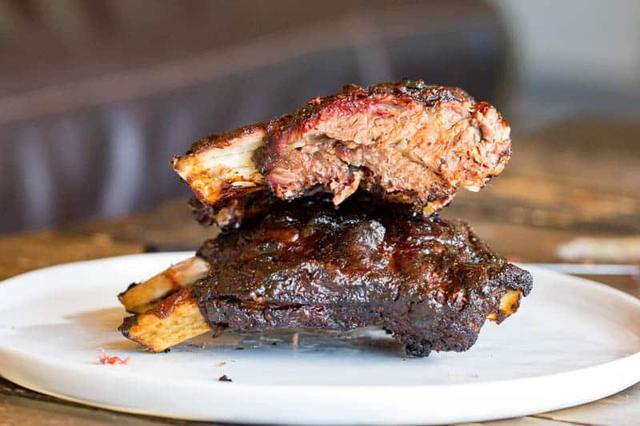
Beef back ribs are a delicious and savory alternative to pork ribs. They are easier to prepare and smoke, and many people find them to have a better taste than pork ribs. Beef back ribs come from the rib primal of the steer, after the ribeye muscle has been removed. These ribs contain a small amount of intercostal meat, which is heavily marbled and adds to their flavor.
To prepare beef back ribs, start by removing them from their packaging and discarding any excess purge. It’s important not to rinse the ribs in the sink, as this can spread bacteria. Pat dry the membrane side and the meat/fat side with a paper towel. If you’re using beef back ribs, there won’t be a “fat” side like with short ribs.
Next, it’s recommended to remove the fat cap and silver skin on beef back ribs. The fat cap will not render nicely like in pork, so it’s best to remove it for optimal taste. The silver skin is an inedible membrane that doesn’t render during cooking. Removing these parts will result in a better eating experience.
Equipment
– Pellet grill
– Butcher paper
– Paper towels
– Butter knife
– Spoon
– Teaspoon/tablespoon/spoon
– Rub of choice (such as Highland Foods Maple Pepper or equal parts kosher salt and black pepper)
– Refrigerator
– Meat thermometer (such as ThermoWorks Thermapen MK4)
Ingredients
– 2 half racks Beef back ribs
– 1/3 cup Kosher salt
– 1/3 cup Coarse-ground pepper
Dry Rub
In order to enhance the savory flavors of beef ribs, a dry rub is applied to the meat. A popular option is Highland Foods Maple Pepper, which includes maple sugar, salt, and coarse-ground black pepper. Alternatively, a basic beef rub can be made by combining equal parts kosher salt and black pepper. The dry rub is generously applied to the meat and allowed to marinate overnight in the refrigerator.
After marinating, the beef ribs are ready for smoking on a pellet grill. The grill should be set to 225°F, with a higher smoke output if possible. The ribs are placed in the center of the grates and allowed to smoke for 2 1/2 hours. During this time, there should be visible pull-back from the bone and a desirable mahogany color developing on the surface of the meat.
At this point, the ribs are wrapped in butcher paper for an additional hour of cooking. This step helps increase humidity and create a moist environment for the meat. It also prevents drying out of the ribs. If desired, a small amount of water and Worcestershire sauce can be added to the butcher paper before wrapping.
To ensure doneness and tenderness, both internal temperature and probe tenderness should be checked. Beef back ribs typically reach optimal tenderness at an internal temperature between 195-205°F. However, using a probe to physically poke between the bones will provide a more accurate indication of tenderness. When the probe slides through like hot butter, it is tender.
After cooking is complete, it is important to allow the beef ribs to rest for 30 minutes inside the butcher paper. This allows for reabsorption of meat juices into the meat fibers, resulting in juicier and more flavorful ribs. Finally, slice the meat and serve on the bone for a delicious smoked beef rib experience.
Instructions
1. Remove the beef ribs from the vacuum packaging and discard it in the trash. Do not rinse the meat in the sink. Pat dry with paper towels.
2. Use a butter knife to lift and a spoon to further lift the membrane on the bone side of the ribs until you reach the other side. Then use your paper towel to grip and rip the membrane away from the bones.
3. Apply a liberal amount of your chosen rub to both sides of the ribs. A good beef rub is equal parts kosher salt and pepper.
4. Allow the ribs to dry brine overnight in the refrigerator.
5. Set your pellet grill to 225 F, using a mode that allows for more smoke output if available.
6. Place the ribs in the center of the grill grates and allow them to smoke for 2 1/2 hours, or until there is visible pull-back from the bone and a mahogany color develops.
7. After 2-3 hours, wrap the ribs in butcher paper and continue smoking for another hour.
8. Check both the internal temperature and probe tenderness using a thermometer or probe. The meat should reach an internal temperature of 195 – 205 F and be tender when probed between the bones.
9. Allow the beef ribs to rest inside the butcher paper for another 30 minutes before serving.
Note: Feel free to adjust cooking times based on your specific pellet grill and desired level of tenderness.
Smoking the Beef Ribs
Smoking beef ribs on a pellet grill is a delicious and savory way to enjoy this cut of meat. To begin, remove the ribs from their packaging and discard any excess liquid. Pat dry the ribs using paper towels, ensuring that both the membrane side and meat/fat side are dry.
If you are working with beef back ribs, which do not have a fat side, it is recommended to remove the fat cap and silver skin. The fat cap will not render well and can be unpleasant to eat, while the silver skin is tough and inedible. Use a butter knife to lift and a spoon to further lift the membrane until you reach the other side. Then use paper towels to grip and rip the membrane away from the bones.
Next, apply your chosen dry rub liberally to the meat. A good beef rub consists of equal parts kosher salt and coarse-ground pepper. You can also use a pre-made rub like Highland Foods Maple Pepper for added flavor. Allow the meat to marinate in the refrigerator overnight for optimal flavor absorption.
In conclusion, pellet grills offer a convenient and efficient way to cook beef ribs. The smoky flavor and tender texture achieved through the precise temperature control of a pellet grill make it an excellent choice for grilling enthusiasts. Whether you’re a novice or a seasoned pitmaster, using a pellet grill can elevate your beef rib cooking experience to new heights.
Learn More About Grilling
If you want to learn more about grilling, check out these other helpful resources!

